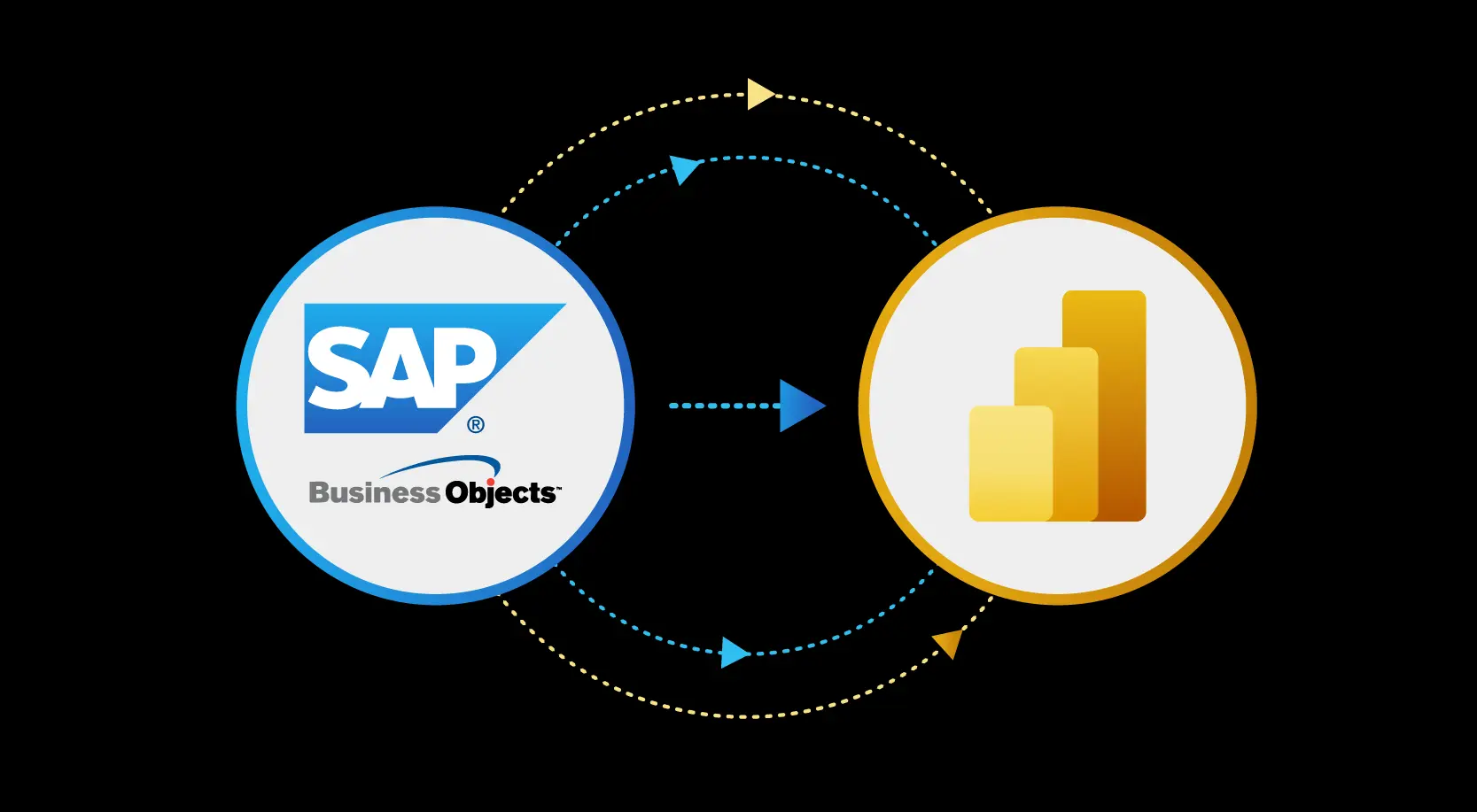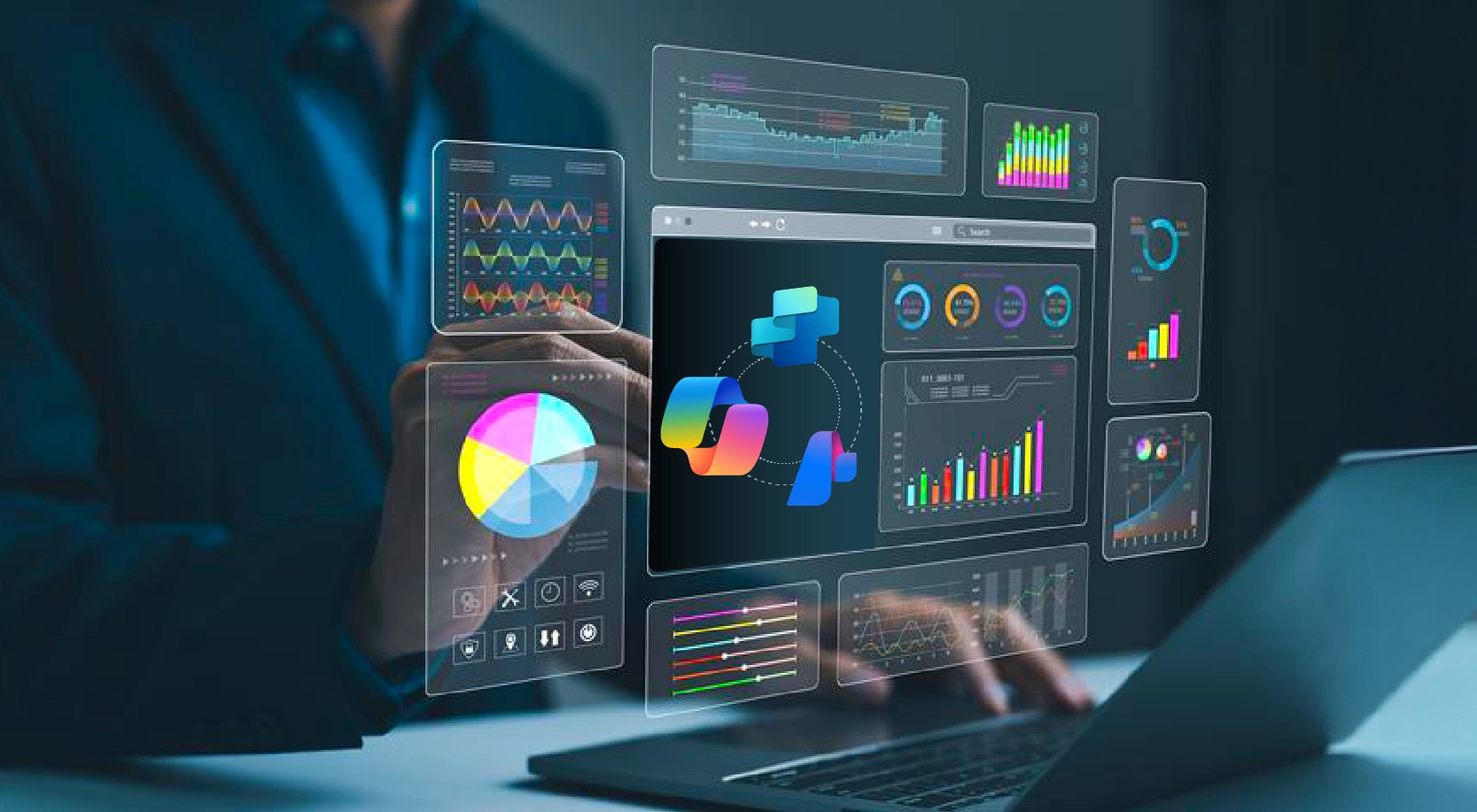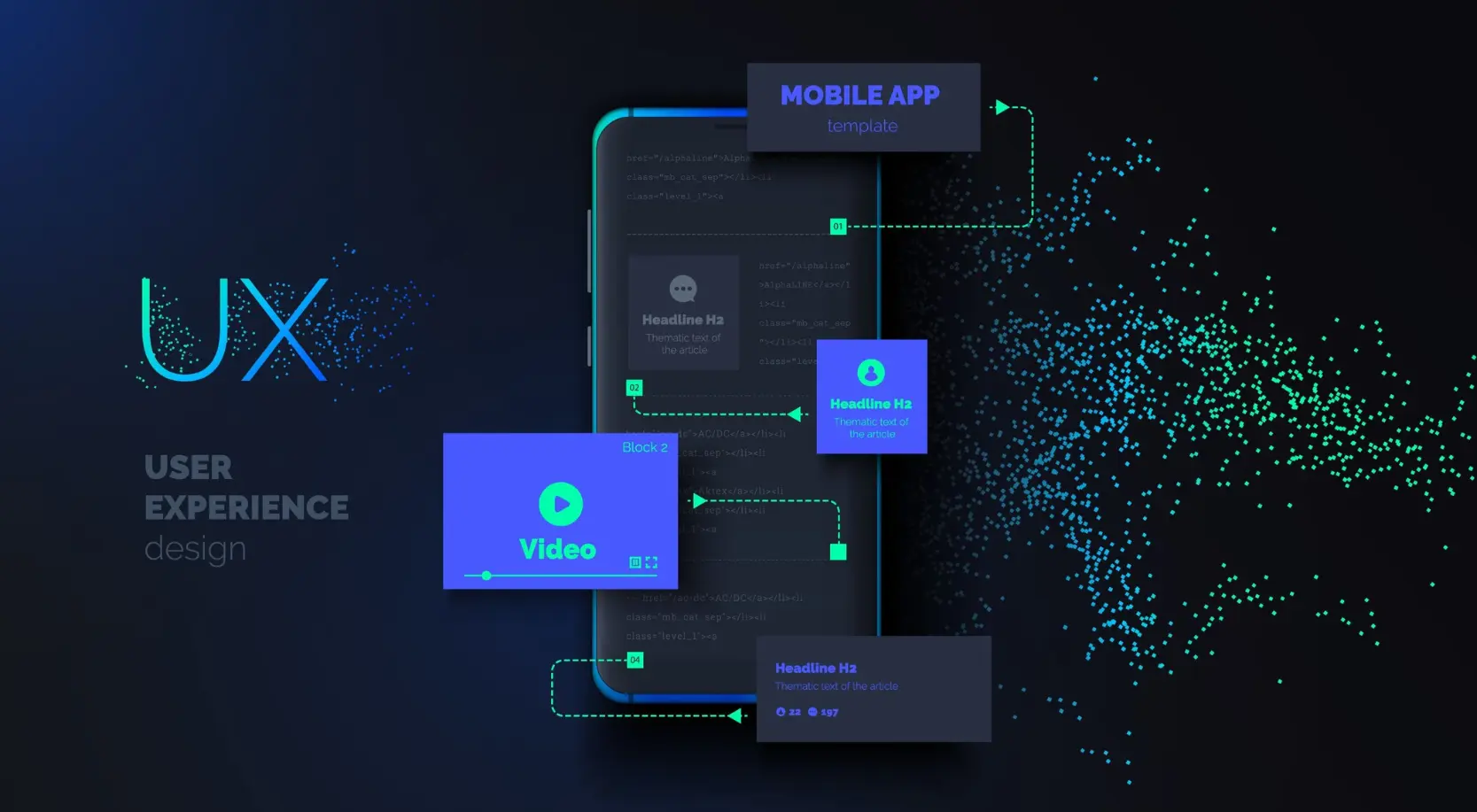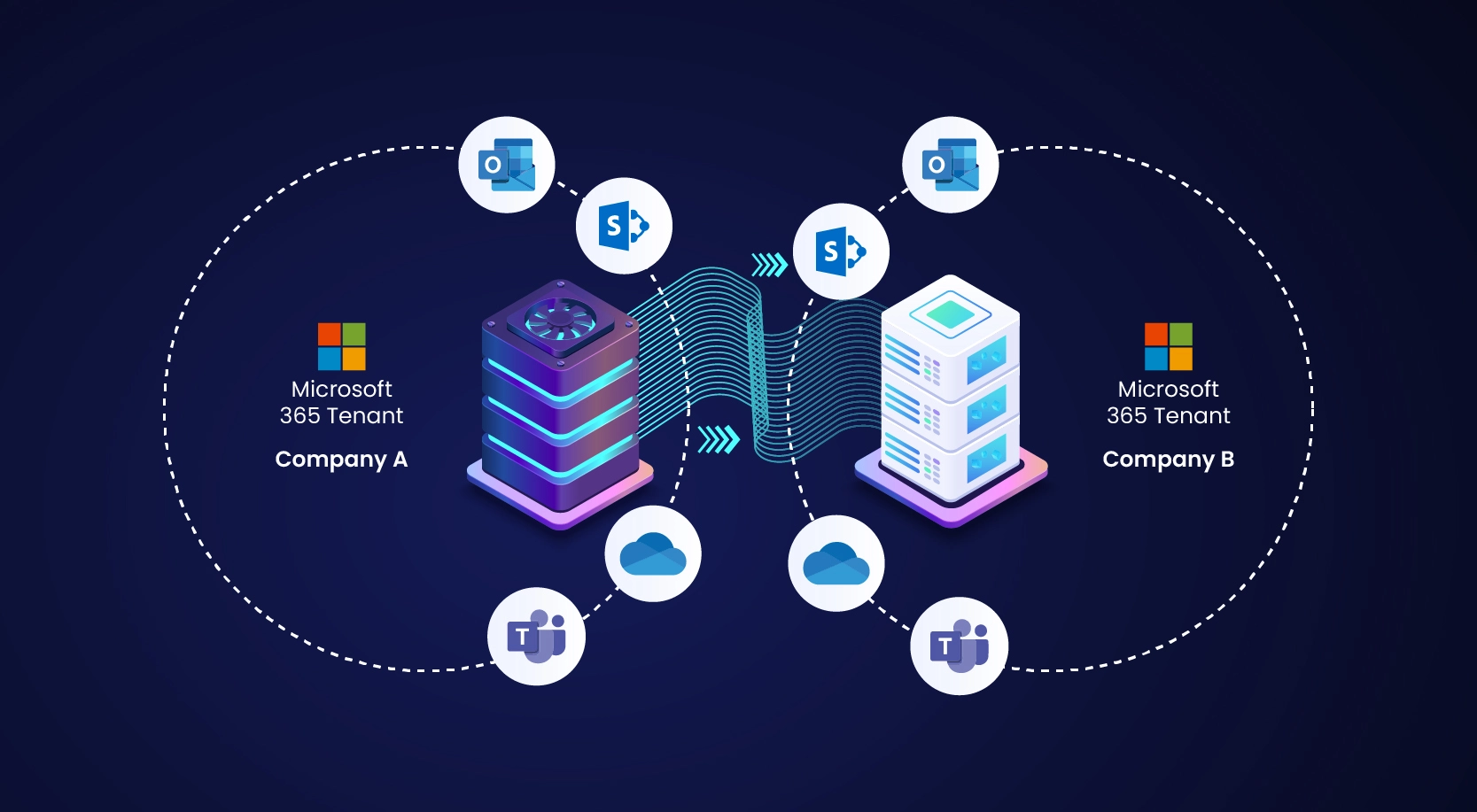
The business intelligence (BI) market is currently undergoing a major transformation. With SAP announcing that BusinessObjects will be replaced by SAP Analytics Cloud in 2025, many organizations are re-evaluating their BI strategies. At the same time, modern tools like Power BI and Qlik are on the rise, offering businesses strong incentives to migrate. These tools provide improved functionality, advanced data visualization features, and better integration with other contemporary systems.
As companies keep evolving, migrating SAP BusinessObjects (SAP BO) to Power BI is becoming a smart choice for those wanting better features, cost savings, and smooth integration with Microsoft tools. This guide will walk you through the migration process, important things to consider, best practices, and how Office tools can make the transition easier.
Why Migrate SAP BusinessObjects to Power BI?
- Cost Efficiency
- Lower Costs: Power BI’s pricing is often more affordable, helping businesses save money and allocate resources better.
- Microsoft Integration
- Unified Environment: Power BI integrates easily within Microsoft, supporting better teamwork and data sharing.
- User-Friendly Interface
- Ease of Use: Power BI has a simple interface, making it easier for people to learn and use compared to SAP BO.
- Advanced Data Visualization and Insights: Power BI comes with fantastic data visualization tools, plus AI and machine learning features. This means you can easily turn your data into meaningful reports and spot trends faster, which gives you a clearer picture of what’s really going on in your business.
- Scalability and Flexibility: Power BI grows with you. Whether you’re just making a few simple dashboards or diving into more complex analytics, its flexible pricing and features are designed to match your needs as your business evolves. It’s there to provide exactly what you need whenever you need it.
Key Migration Considerations for SAP BusinessObjects to Power BI
- Data Compatibility
- Assess Data Sources: Check that your current data sources will work smoothly with Power BI, ensuring no loss of data quality.
- Reports and Dashboards
- Adapt Reports: Learn the differences between SAP BO and Power BI and rebuild your reports using Power BI’s features.
- User Training
- Training Programs: Create training sessions for your users to ease the transition and reduce any workflow interruptions.
- Data Governance
- Security Measures: Maintain strong data governance during the switch to protect your sensitive information.
Business Benefits of Migrating to Power BI
- Integrated System
- Microsoft Tools: Enjoy smoother collaboration and easy data sharing across departments by using Microsoft tools together.
- Scalable Costs
- Flexible Pricing: Power BI has pricing that scales with your needs, so you can manage costs effectively as you grow.
- Smarter Insights
- AI & ML Integration: Use Power BI’s AI and machine learning features to analyze data more intelligently.
- Improved Collaboration – Power BI works seamlessly with other Microsoft tools like Teams, Excel, and SharePoint.
- Enhanced Insights with AI: Power BI comes with built-in AI and machine learning tools that help you find patterns, forecast outcomes, and gain more insights.
Role of Office Tools in Migration
- Data Storage
- OneDrive & SharePoint: Use OneDrive and SharePoint for central data storage, ensuring easy access and collaboration.
- Team Collaboration
- Microsoft Teams: Use Teams for discussions, feedback, and training during migration to keep everyone on the same page.
- Data Validation with Excel
- Excel Testing: Leverage Excel for data validation to make sure everything is correct during the migration.
- Workflow Automation
- Power Automate: Use Power Automate to streamline data processes, making migration more efficient.
Best Practices for Migrating SAP BusinessObjects to Power BI
- Pilot Testing
- Small Test Runs: Start with a small-scale migration to catch any issues before full implementation.
- Engage Stakeholders
- Collaborative Approach: Include key people like analysts and end-users to make sure their needs are met during migration.
- Data Validation
- Thorough Testing: Validate the migrated data to ensure it is accurate and up to quality standards.
Migration Approach for SAP BusinessObjects to Power BI

- Assessment and Planning
- Evaluate Current Setup: Review your SAP BO environment, including data sources and reports.
- Communication and Training
- Clear Communication: Explain the reasons for the migration to everyone involved. Provide training to make sure users are comfortable with Power BI.
- Execution and Monitoring
- Take it Step-by-Step: Switch to Power BI gradually and keep an eye on each step so you can tackle any issues immediately.
Wrapping Up: Embrace a Data-Driven Future
Switching from SAP BusinessObjects to Power BI is a strategic step towards a more cost-effective and user-friendly data environment. Careful planning, addressing key factors, and using Office tools can help your business make the most of Power BI. This transition can simplify analytics and set your organization up for success in a data-driven world.
What Next?
Ready to switch from SAP BusinessObjects to Power BI?
We’re here to help you take the leap with our expertise and powerful BI accelerators, including seamless Tableau to Power BI migration.
Let’s connect and discuss how WinWire can guide your journey toward a data-driven future. Share your challenges or needs, and we’ll connect you with the right expert to make it happen.






